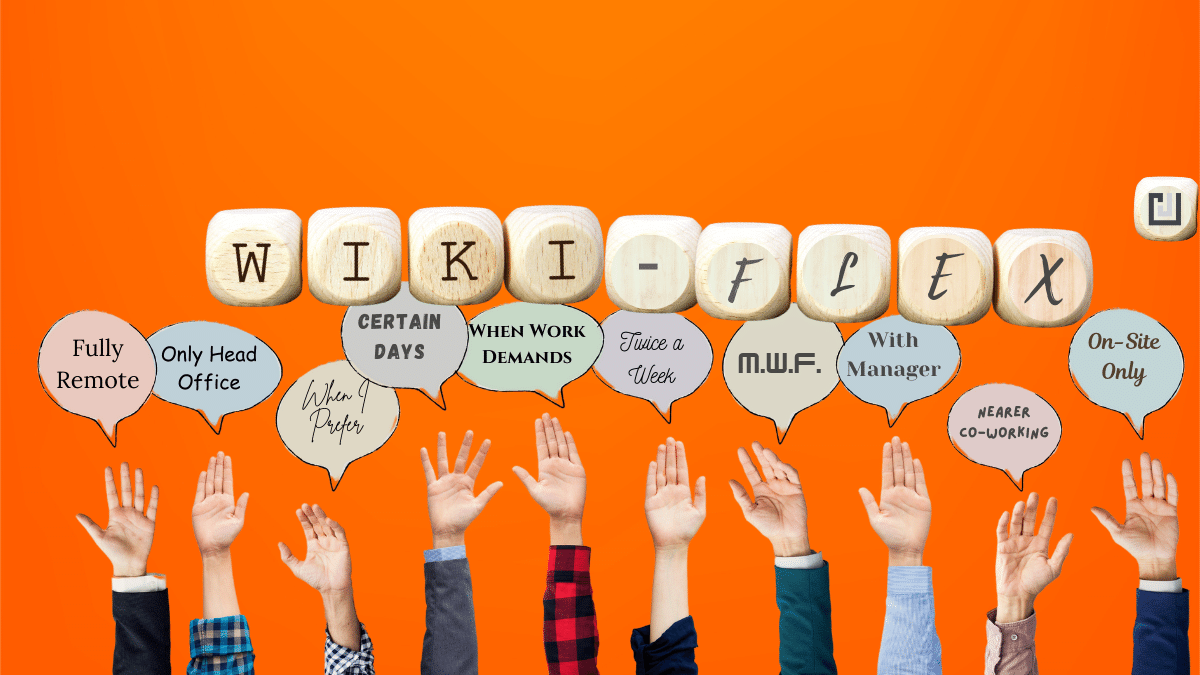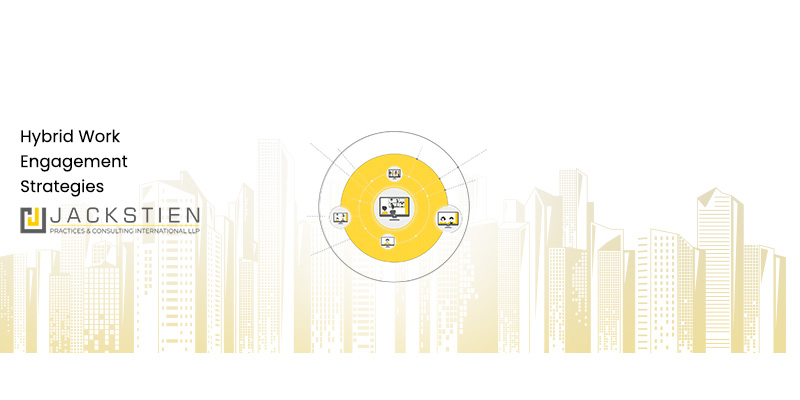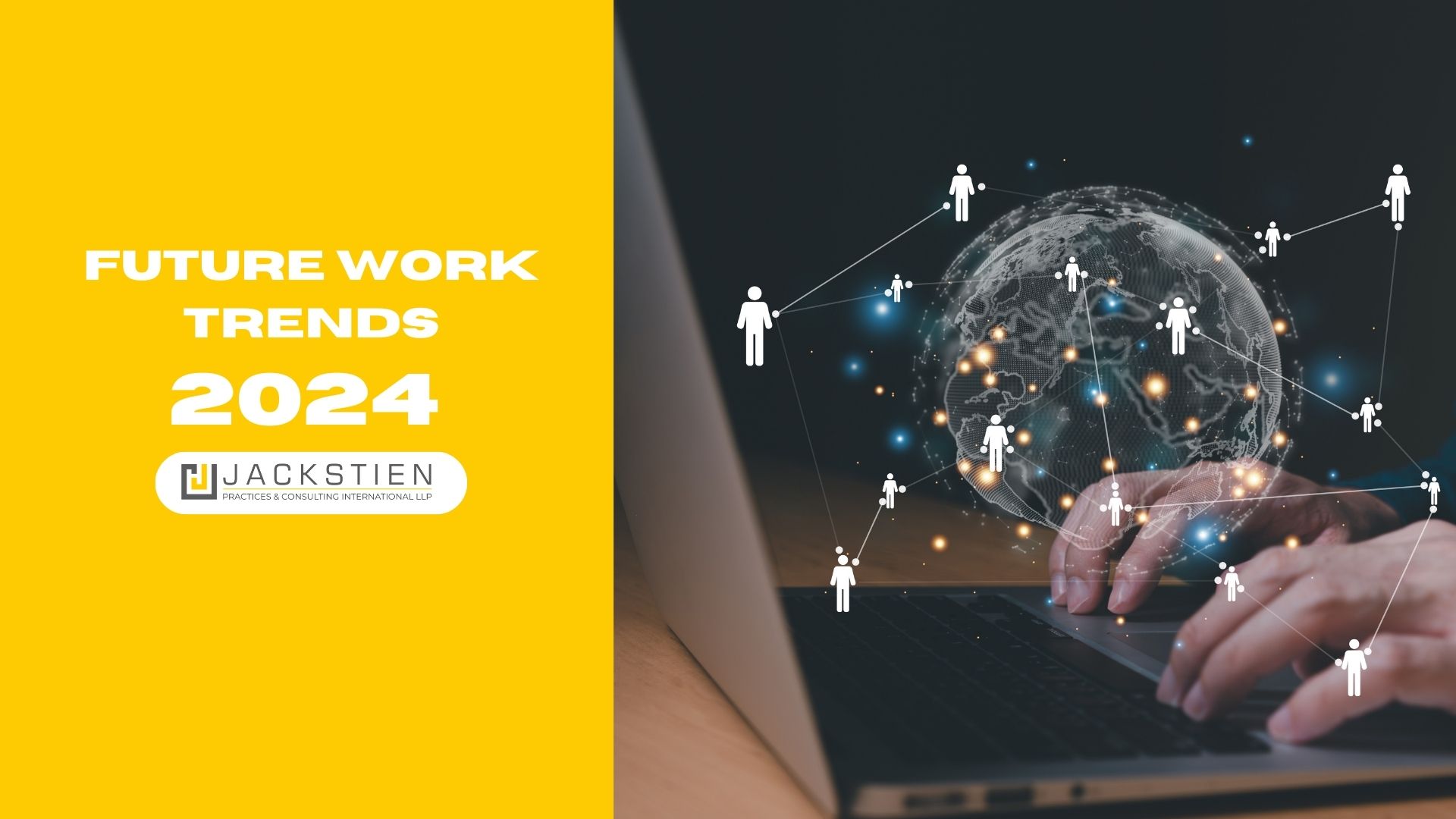In a previous blog, we discussed how various technological developments led to the inevitable spurt of remote and hybrid work.
The inventions and advancements were certain to make work faster, remote, and more boundless – but the Covid-19 pandemic simply accelerated the adoption of the modern way of working.
While remote work and hybrid work was the key development driven by technology, the now celebrated aspects of not just remote work but also the new consciousness around work seemed bound to happen. The Covid-19 pandemic simply left the world with no option but to come to terms with a revised work and lifestyle more urgently. Risk-managed well for the hasty-switch made in the pandemic, it is hard to argue against Hybrid or remote work.
Let us now examine each aspect separately.
Hybrid Work and Remote Work
As discussed in the previous blogs, remote work is not a new phenomenon.
IBM was, in many ways, one of the pioneers in designing a remote work strategy and letting 5 employees work remotely in 1979, as a part of an experiment.
By 1987, 1.5 million Americans were telecommuting.
Later, Governments made it mandatory for companies to allow remote work for employees who were ‘eligible.’
Yes, the number of people working remotely was never huge, but it was a cause many people were championing for a long time.
For instance, people with disabilities have been requesting remote work for decades.
Work-Life Balance
Many factory workers in the United States had 18-hour-long shifts, six days a week. While some people certainly struggled, others looked down upon the ones that didn’t contribute as much.
In 1817, Robert Owens, an industrialist, was the first person to introduce and popularize the approach of “eight hours labour, eight hours recreation, eight hours rest.”
It took a while for everyone to adopt this model, even in the face of mounting pressure from labour organizers.
Later, in 1920, Henry Ford made the ‘9 to 5’ workday a mainstream concept.
But come 2000 and the digitization that the years that followed accompanied, certain ‘jobs’ and ‘gigs’ emerged that didn’t require a strict 8-hour productivity day.
For instance, bloggers, Youtubers, cameramen, videographers, and freelancers.
Soon enough, people began to question the inflexibility that office jobs came with.
A direct response to these things was also companies coming up with plans to allow recreation time (think smoke breaks, snooker breaks) during a regular work day.
But when the pandemic pushed everyone to begin working from home, flexibility very quickly became something that workers around the world always deserved but got to experience only now.
This is also why remote work is eventually evolving into hybrid work – flexibility has become a major prerequisite to employee productivity, efficiency and well-being. A full return to office is not on the cards.
Better Compensation
To protect workers during the Great Depression, President Franklin Roosevelt passed the Fair Labor Standards Act in 1938.
By 1956, the U.S. Congress raised the minimum wage many times.
But it wasn’t enough.
Over the years that followed, workers began investing in organized efforts towards pushing the Government to raise the minimum wage.
Protests for the same began early on. It was in 2015 that the “Fight for $15” started as a Fast Food Forward Movement and quickly became a national labour movement.
The pandemic, however, gave more momentum to such protests.
It was as recent as 2021 that workers rallied for pushing the Government to increase the minimum wage to $15/hour.
In 2022, from Swiggy workers in India to Starbucks workers in the United States – everyone protested for increased monthly payments and better working conditions.
2022 also saw a surge in union activity, in many sectors. Employees went on strikes and walkouts in large numbers. Teachers, nurses, doctors, railway workers, and baristas demonstrated work stoppages. Employees and workers in companies like Amazon and Apple filed thousands of petitions to form unions.
Remote and Hybrid work along-with balance and fair compensation seem to be a part of a set of long-term employee asks intensified by the pandemic.
While fair compensation is likely to remain contentious for the long-term, the future of work with remote and hybrid work, and its implication on work-life seem set in the consciousness. The recession following the pandemic has seem businesses adapt to this future. Not just for the employee benefit but also because of the massive boost to their bottom-line by expenditure saved from the second biggest expenditure item – premises and maintenance.


